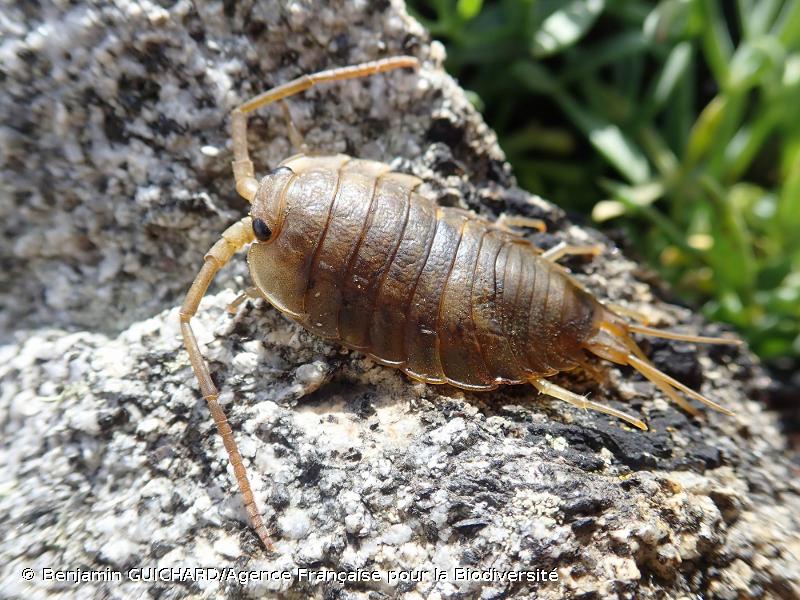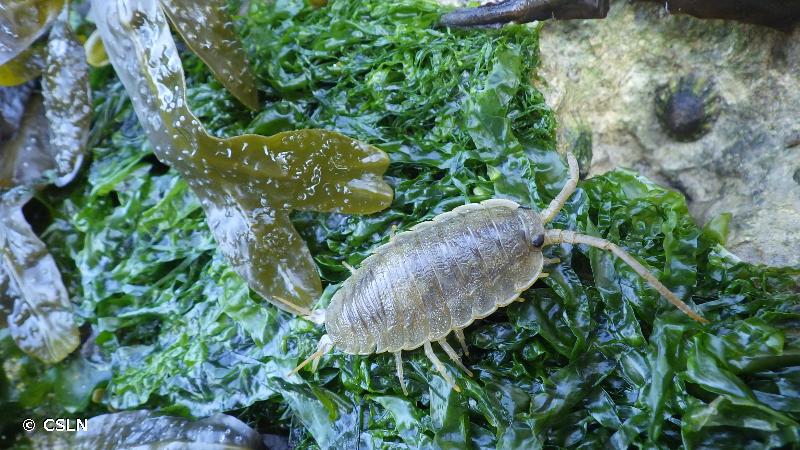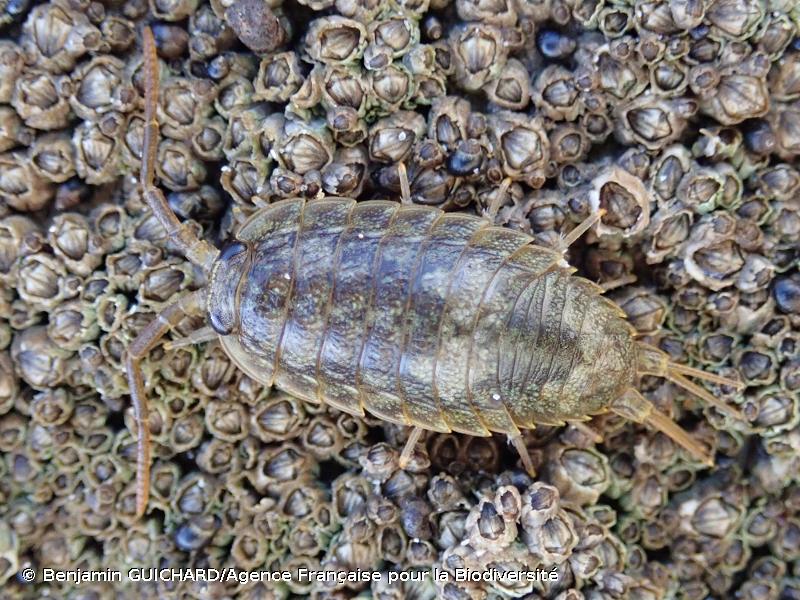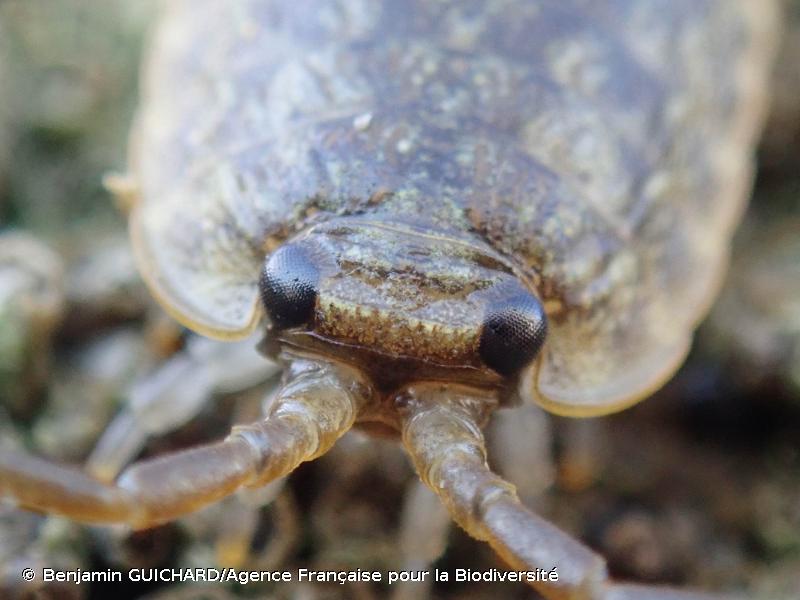
cd_nom

| Author : CSLN |
 |
To get the picture, please visit:
Cellule de Suivi du Littoral Normand
53 rue de Prony
76600 Le Havre
Despite the Creative Commons license, please inform the author of the use which will be made of his photo

| Author : Benjamin GUICHARD/Agence Française pour la Biodiversité |
 |
To get the picture, please visit:
Benjamin Guichard
email: inpn@mnhn.fr
Any reuse of one or more photographs on this site is subject to an authorization request from the author.
Link to the Code of Intellectual Property (Legifrance)

| Author : Benjamin GUICHARD/Agence Française pour la Biodiversité |
 |
To get the picture, please visit:
Benjamin Guichard
email: inpn@mnhn.fr
Any reuse of one or more photographs on this site is subject to an authorization request from the author.
Link to the Code of Intellectual Property (Legifrance)

| Author : CSLN |
 |
To get the picture, please visit:
Cellule de Suivi du Littoral Normand
53 rue de Prony
76600 Le Havre
Despite the Creative Commons license, please inform the author of the use which will be made of his photo

| Author : Benjamin GUICHARD/Agence Française pour la Biodiversité |
 |
To get the picture, please visit:
Benjamin Guichard
email: inpn@mnhn.fr
Any reuse of one or more photographs on this site is subject to an authorization request from the author.
Link to the Code of Intellectual Property (Legifrance)

| Author : CSLN |
 |
To get the picture, please visit:
Cellule de Suivi du Littoral Normand
53 rue de Prony
76600 Le Havre
Despite the Creative Commons license, please inform the author of the use which will be made of his photo

| Author : Benjamin GUICHARD/Agence Française pour la Biodiversité |
 |
To get the picture, please visit:
Benjamin Guichard
email: inpn@mnhn.fr
Any reuse of one or more photographs on this site is subject to an authorization request from the author.
Link to the Code of Intellectual Property (Legifrance)
Diagnose :
Les Ligiidae sont caractérisés par un flagelle composé de nombreux articles, des yeux de grande taille et des endopodites et exopodites des uropodes d'une taille similaire (chez la plupart des isopodes l'endopodite est fortement réduit). Ligia oceanica est une espèce de grande taille atteignant 32 mm, au corps aplati. Le telson est arrondi et encadré de deux pointes latérales. Le flagelle compte 11 à 14 articles. Espèce proche de Ligia italica, de taille inférieure, aux antennes plus longues et à distribution méditerranéenne.
Détermination :
Espèce identifiable sur photo ou à vue.
Espèces proches :
Période d'observation :
Espèce observable toute l'année, essentiellement nocturne.
Biogéographie et écologie :
Espèce littorale, halophile, capable de survivre sous l'eau de mer. Fréquente les côtes rocheuses et se réfugie dans les fissures pendant la journée.
NOEL Franck(),2021
Continental
Metropolitan France
Overseas
Marine
Metropolitan France
Overseas
The map presents a summary at the 10 x 10 km grid of the observation data for the species transmitted to the SINP. These data have been subjected to validation filters.
The map presents a reference distribution layer of the species at the scale of departments and marine sectors. The presence and absence data were established by expertise within a network of partners. This reference distribution is used in the validation process of the SINP data at the INPN level.
Corresponds to a report on the basis of at least one observation proved within a period of 10 years (20 years for little-known invertebrates) preceding the year and no presumption of extinction since obtaining the last data nor doubt on reproductive and implemented nature of this population. For migratory species, the presence indicated concerns areas of reproduction.
This status is based on one or more of the following criteria:
This point covers the absence, more difficult by nature to demonstrate than presence. This status is based on one or more of the following criteria:
This status must be assigned to a department in which the presence of the species is casual.
Particular case of absence due to a proven extinction less than a half century ago (older disappearances are treated as "no probable or definite").
In the state of knowledge, we can not comment on the presence or absence in the current department. This is the default status when not comprised in one of the previous categories or whenever there is doubt.
The map shows the global distribution of the species based on GBIF data (Global Biodiversity Information Facility).
